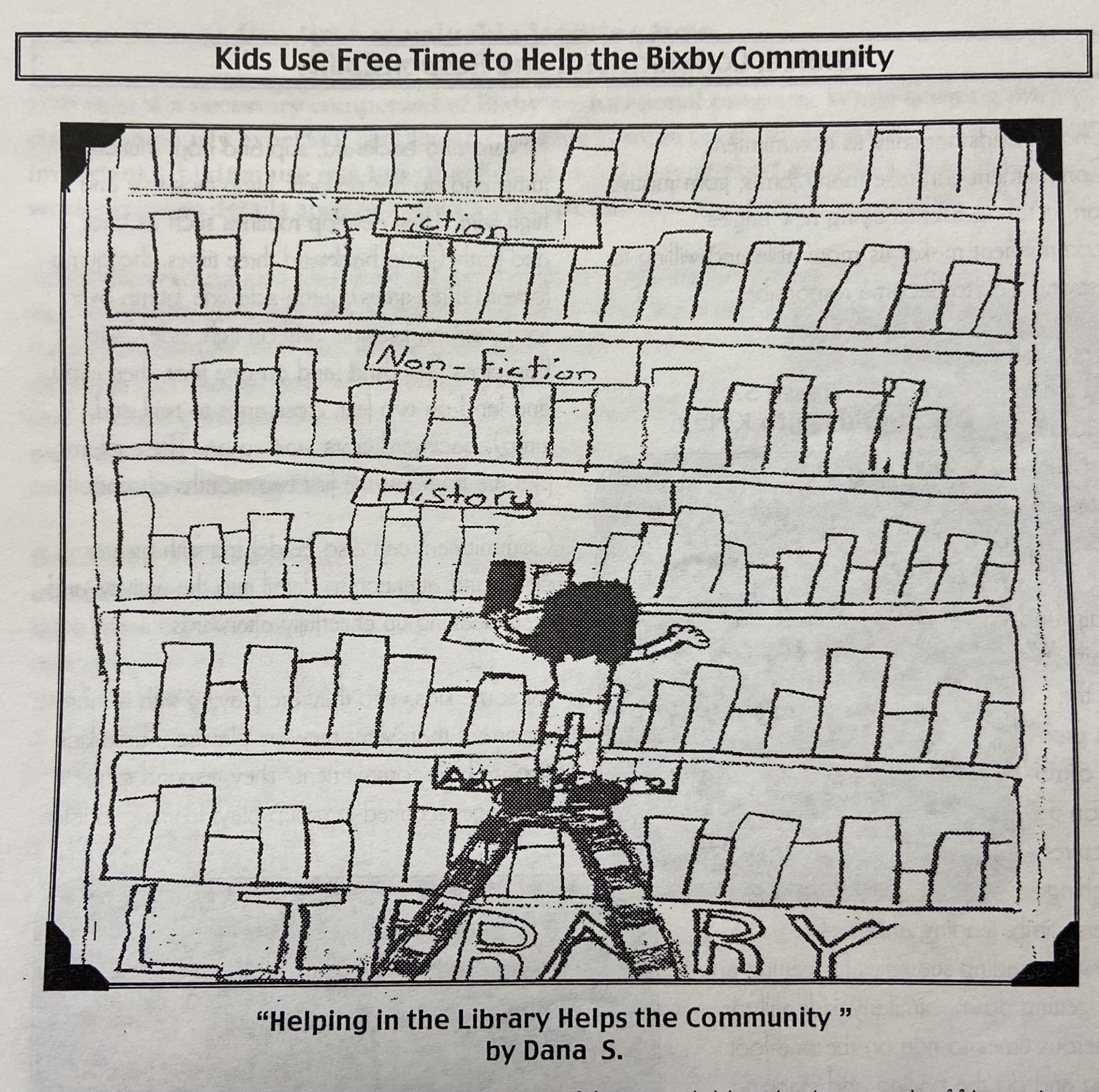One of the many ways that Bixby is unique is the middle school-type schedule for elementary students. This is a key strategy for how we frame our curriculum/class time and how our students practice independence and responsibility. An important part of our students’ schedules is free time. Free time has been a central part of the elementary schedule throughout the years as a time for students to practice agency and self-advocacy as they choose what they want to do and where (with some staff guidance) they wish to be.
When I first joined the Bixby team, I was told I would be tasked with supervising two free times during the school week. Being new to Bixby, I planned activities and options for the times I would be spending with these students. I quickly learned that they didn’t even need me to supervise their free time! My students had their own agenda. It was incredible to see how well our students advocate for themselves and find creative ways to entertain themselves during this time. 
Free time for children helps lead to decision-making. It fosters choice, commitment, and responsibility. Free time was incorporated into our curriculum to allow students to show they can fill up this free time with good choices and independent projects.
The Bixby Snapshot recalls that free time in the early 2000s was full of students eager to help out around the school by maintaining the school aquarium or cleaning classrooms. Children also use their free time to practice what they’re interested in.
The Bixby Snapshot says, “Children seem to know intuitively what they need in order to grow.” Our students will choose activities that they know will bring them joy, but also challenge them to learn new things. For example, in my 3rd grade free time, they have been learning how to weave on cardboard looms. One student teaches the others how to weave and together they are able to do the activity together.
Free time can mean exploring deeper interests in reading, writing, and art. Sometimes free time means mastering the one-foot swing in the lower yard, and other times it means crocheting scarves and hats. The options are endless.
Free time enables our students to showcase their independence. They can learn self-sufficiency by having a free block of time to do whatever they want. The social connections being made between peers and each student’s ability to direct their own learning and playing shows that free time is essential to learning. It allows students to learn, grow, and foster hobbies that enrich their educational journey.




